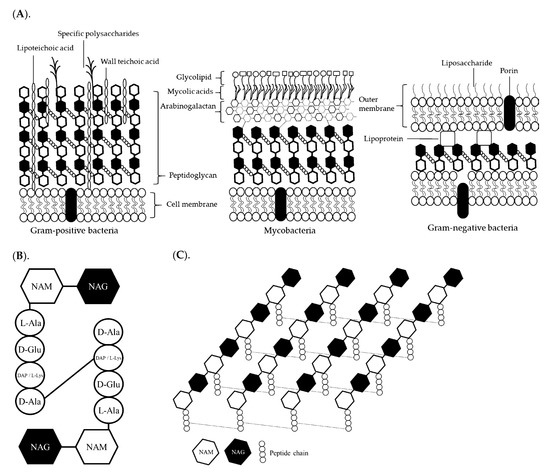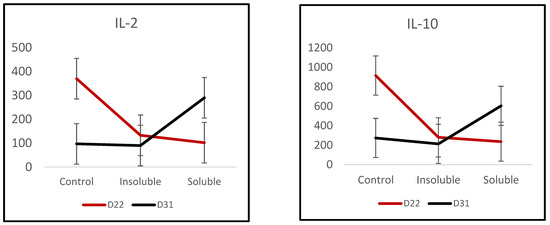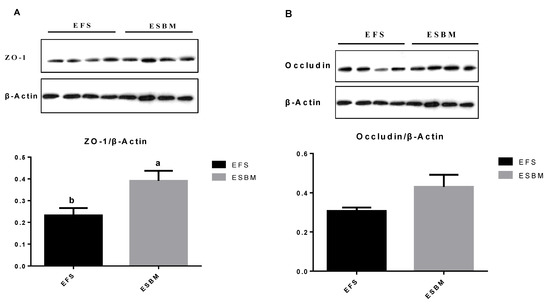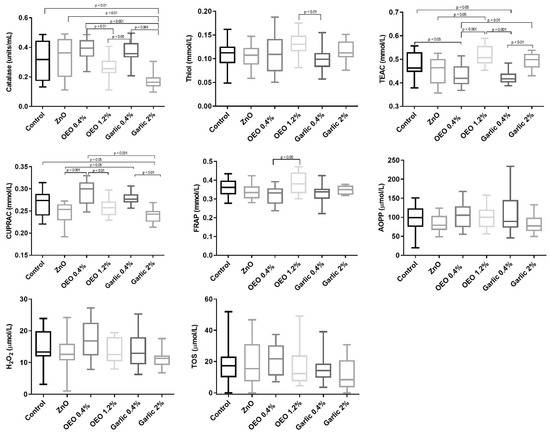The Weaned Pig: Nutrition and Management
A topical collection in Animals (ISSN 2076-2615). This collection belongs to the section "Pigs".
Viewed by 55675Editor
Interests: hepatic lipid metabolism; intestinal health; trace minerals
Special Issues, Collections and Topics in MDPI journals
Topical Collection Information
Dear Colleagues,
Optimal nutrition and management in the weaning age have a major influence on pigs’ performance in the later stages of production for both growing and breeding herds. This area is considered to contain a large space for potential economic benefits. Therefore, it has attracted prominent attention by producers, feed manufacturers, managers, and researchers in the last few decades due to the reduction of weaning ages from 6–8 weeks to 3–4 weeks. With increased interest in food safety, animal welfare, environmental protection, and product quality worldwide, not only nutrition and management but animal behavior and health; physical, microbiological, and psychological environments; and feed components, especially pre- and probiotics as immune promoters have been stressed greatly. Continuing to make progress in research concerning conditions in the weaning age is critically important for efficient, healthy, and safe swine production.
The scope of this Topical Collection is to present current studies and reviews in all areas related to the weaning process, such as development and growth of weaned pigs, nutritional requirements and management during pre- and post-weaning, behavioral changes and stress adaptations around weaning, the regulation of digestion and absorption, and the modulation of intestinal integrity, microflora, and immunity.
Prof. Dr. Lin Xi
Collection Editor
Manuscript Submission Information
Manuscripts should be submitted online at www.mdpi.com by registering and logging in to this website. Once you are registered, click here to go to the submission form. Manuscripts can be submitted until the deadline. All submissions that pass pre-check are peer-reviewed. Accepted papers will be published continuously in the journal (as soon as accepted) and will be listed together on the collection website. Research articles, review articles as well as short communications are invited. For planned papers, a title and short abstract (about 100 words) can be sent to the Editorial Office for announcement on this website.
Submitted manuscripts should not have been published previously, nor be under consideration for publication elsewhere (except conference proceedings papers). All manuscripts are thoroughly refereed through a single-blind peer-review process. A guide for authors and other relevant information for submission of manuscripts is available on the Instructions for Authors page. Animals is an international peer-reviewed open access semimonthly journal published by MDPI.
Please visit the Instructions for Authors page before submitting a manuscript. The Article Processing Charge (APC) for publication in this open access journal is 2400 CHF (Swiss Francs). Submitted papers should be well formatted and use good English. Authors may use MDPI's English editing service prior to publication or during author revisions.
Keywords
- weaned pig
- nutrition
- management
- growth and development
- intestinal health














